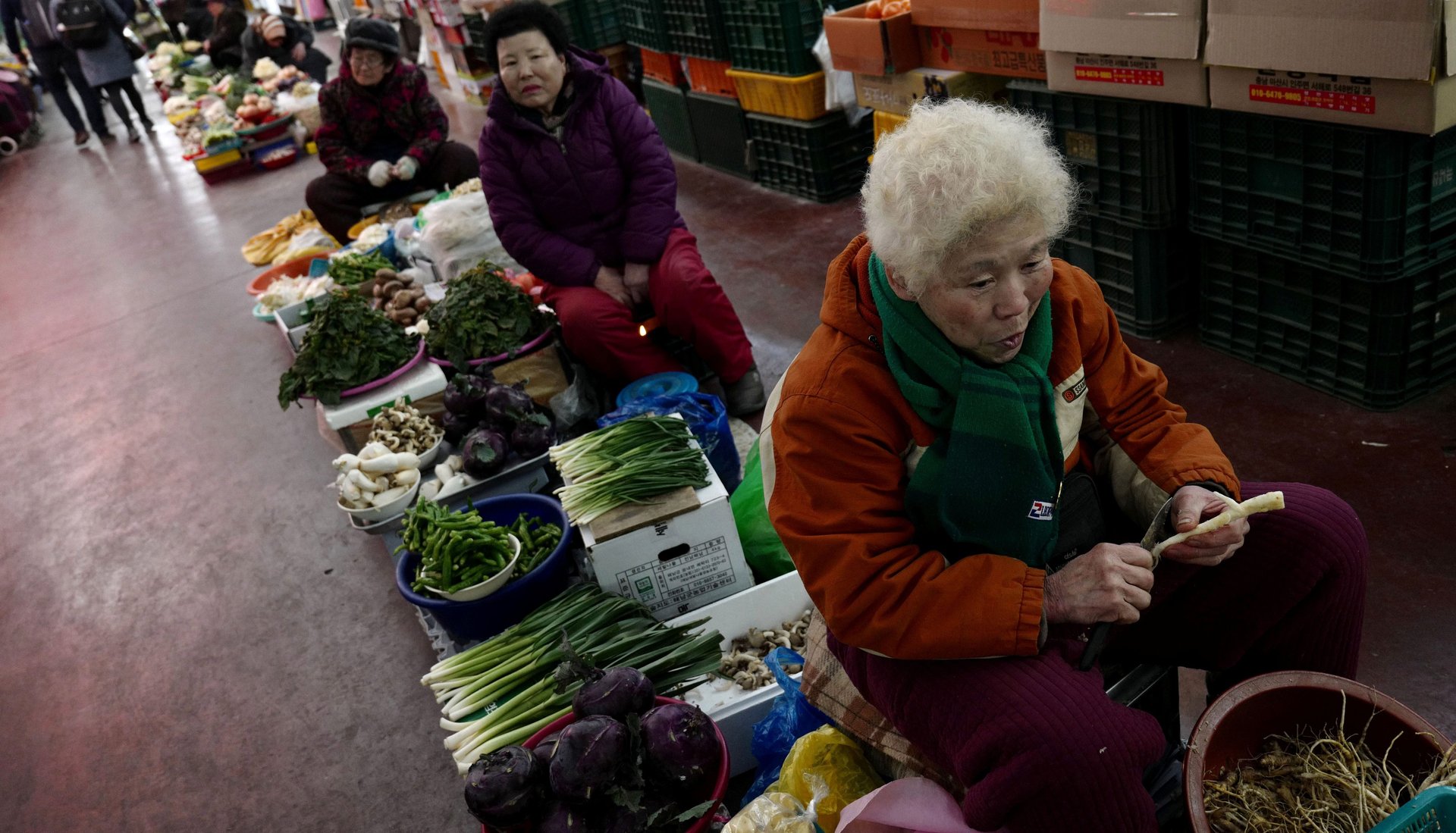South Korea’s population will start shrinking in less than a decade
The South Korean government predicts that the country’s population will peak in 2028 at 52 million.


The South Korean government predicts that the country’s population will peak in 2028 at 52 million.
The latest estimate, released yesterday (March 28), is three years earlier than a previous projection made by the government in 2017.
The data come shortly after Korea posted another record low for births in 2018, with the fertility rate—the number of children a woman is expected to have during her lifetime—crashing to below 1. To keep its population level stable, the country needs a fertility rate of 2.1 births per woman.
The government also said in its latest report that the number of deaths is expected to overtake that of births this year.
Seniors make up 14% of the population in Korea, according to World Bank data, fitting the World Health Organization’s definition of an “aged society”—a threshold that it reached much quicker than other developed countries.
According to Korea’s National Statistics Office (pdf, p5), it took Japan 24 years to go from an “aging society” (defined as seniors making up 7% of the population) to an aged one. It took Germany 40 years and France 115 years to make the same transition. Korea became an aging society just 17 years ago. The government estimates that the elderly could make up 20% of the population in 2025.